You’ve spent years creating storylines, developing characters and polishing your book. Now you want it to have the best chance of success and the widest possible readership. But with millions of books published in the U.S. alone each year (including more than one million self-published books languishing on Amazon), how do you make your book stand out so that people actually see it, let alone read it?
That’s where a book publicist comes in: a publicist connects an author to the media who will boost the book’s visibility, the event venues where connections are made, and, ultimately, to the readers you want to reach. That’s why you published a book, right?
Whether you’re a traditionally published author who needs more publicity support, an indie-published author eager to rise above the competition, or a first-time writer wanting to establish a brand presence, having your own publicist can make the difference in whether or not your book gets the buzz it deserves.
Here are five reasons why hiring a book publicist may be your secret weapon to publishing success:
They already know the media gatekeepers, event coordinators and other literary tastemakers you’re trying to reach — and they introduce you in the right way.
Launching a book is kind of like going to a crowded party where you don’t know anyone: It’s exciting to be invited, but it’s so much better when you go with a friend who knows everybody and introduces you to all the right people! That’s what your publicist does: Cultivate connections with reviewers, media outlets, bookstores, event venues and other tastemakers you need to reach as well as cutting through the media “vetting” process for you, and introducing you in a professional and effective way that makes the best possible impression.
They are your insider experts within the publishing industry.
Have questions about publishing technicalities, processes or lingo? Need to bounce new ideas off someone who actually understands the complex publishing world? Your publicist is your resource for getting your questions answered. They actually have the industry experience and behind-the-scenes expertise you’ve been seeking, and they want to help you as true bibliophiles!
They free up your time and resources by doing the heavy PR lifting for you, so you can focus on what you do best.
Life is busy whether you’re a full-time writer or not. It’s hard enough to write a book, but having time to pursue and coordinate PR opportunities, juggle interviews and event appearances, and continue writing (on top of other work, family or social commitments) can be even more challenging! A publicist arranges promotion for your book and author brand, so you can spend your time doing the fun stuff (such as interviewing with the media, participating in an event, working on a guest article or writing your next book)!
They can generate new creative ideas and opportunities you never knew existed.
When you think of PR, you might imagine things already mentioned above: media interviews and events. But what about hosting a scavenger hunt in a public library based on your book? Or organizing “the world’s longest book tour?” How about creating a scholarship contest for indie bookstores to get booksellers excited about your title? Or reaching out to #bookstagrammers or YouTube book vloggers? Maybe creating an interactive white box mailing to key influencers? Publicists can guide you in new promotional directions that you might not have considered or be able to access on your own. And they can help implement those creative initiatives to get your book on the map in new, innovative ways.
They’re your biggest cheerleader and publishing support system — really!
Let’s face it, being an author can be a pretty lonely job, but it doesn’t have to be! A publicist is your book’s champion, and your biggest fan. Some writers are introverts and don’t feel confident “promoting” their own work. When you find a publicist who genuinely enjoys and believes in your book, you finally have someone in your corner who is ready to tell the world how great you are! They give you support, enthusiasm and encouragement so you don’t have to go it alone.
To recap
Authors should consider hiring a publicist if they want more effort and expertise put into promoting their work than a). their traditional publisher is able to provide, or b). they have time, energy and industry knowledge to handle personally. By teaming up with your own publicist, you’ll give your book it’s best opportunity to succeed, and you’ll give yourself the opportunity to have some fun along the way!
*This article originally appeared in the September 2020 issue of Writer’s Life Magazine.

A former award-winning journalist with national exposure, Marissa now oversees the day-to-day operation of the Books Forward author branding and book marketing firm, along with our indie publishing support sister company Books Fluent.
Born and bred in Louisiana, currently living in New Orleans, she has lived and developed a strong base for our company and authors in Chicago and Nashville. Her journalism work has appeared in USA Today, National Geographic and other major publications. She is now interviewed by media on best practices for book marketing.
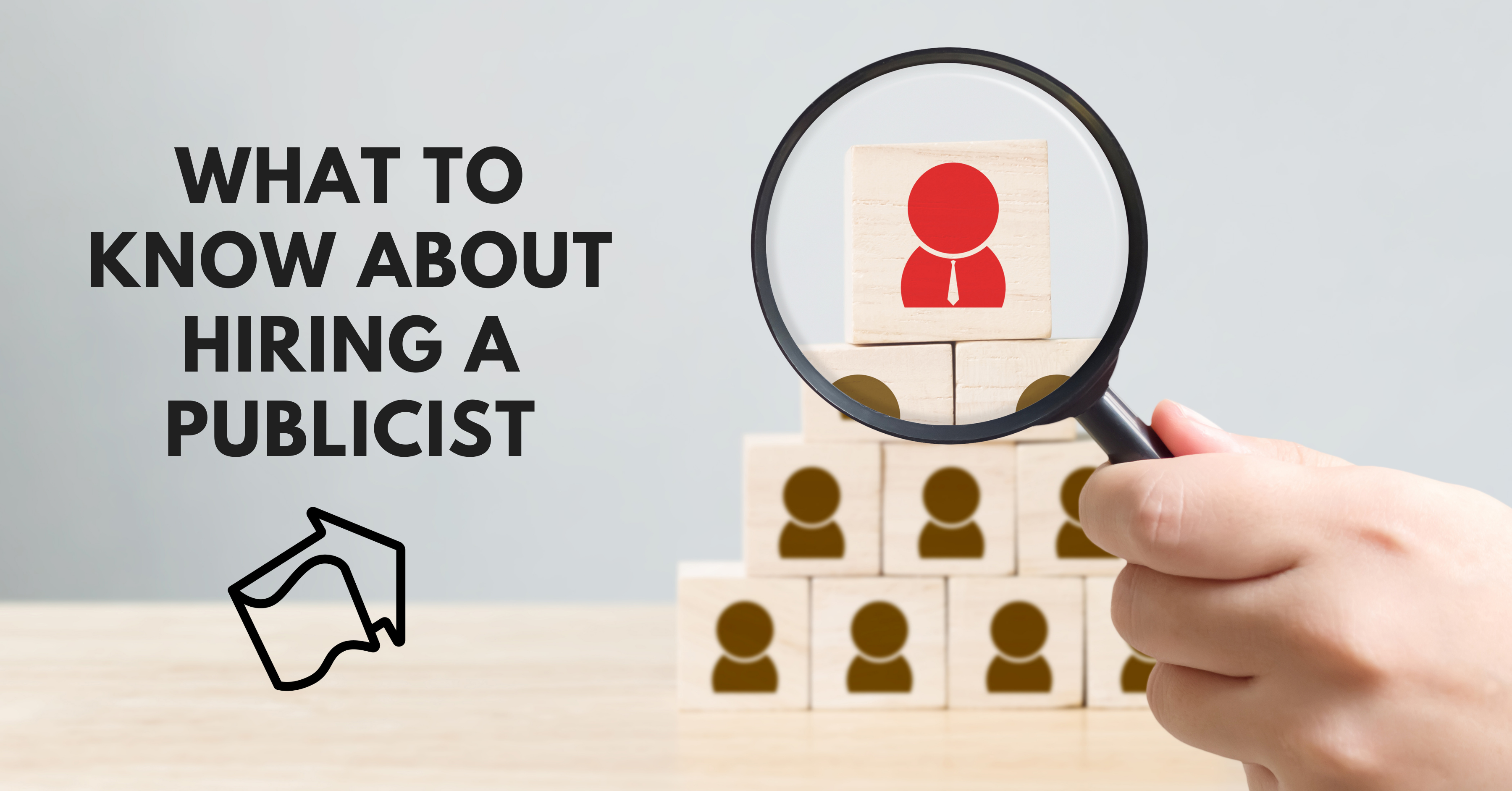
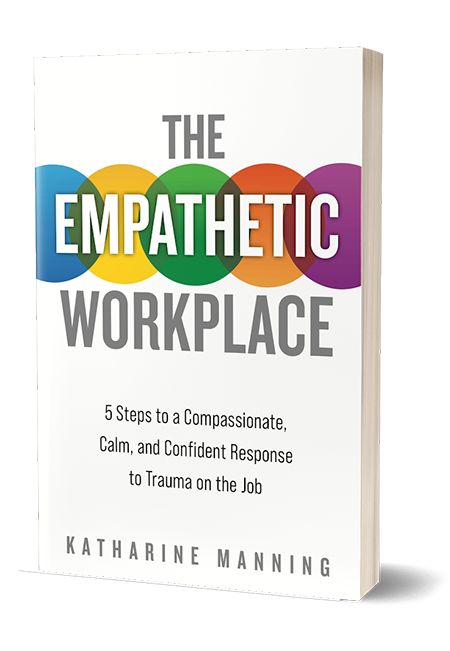 Washington, D.C. – For 15 years, senior attorney Katharine Manning advised the Justice Department on working with victims in its most difficult cases, from child exploitation to terrorism to large-scale financial fraud. In doing so, she learned that when the crisis comes, and all of us will face a crisis eventually, we need the same things. “The Empathetic Workplace” (Feb. 16, 2021, HarperCollins Leadership) teaches readers the five steps to respond to trauma at work.
Washington, D.C. – For 15 years, senior attorney Katharine Manning advised the Justice Department on working with victims in its most difficult cases, from child exploitation to terrorism to large-scale financial fraud. In doing so, she learned that when the crisis comes, and all of us will face a crisis eventually, we need the same things. “The Empathetic Workplace” (Feb. 16, 2021, HarperCollins Leadership) teaches readers the five steps to respond to trauma at work.
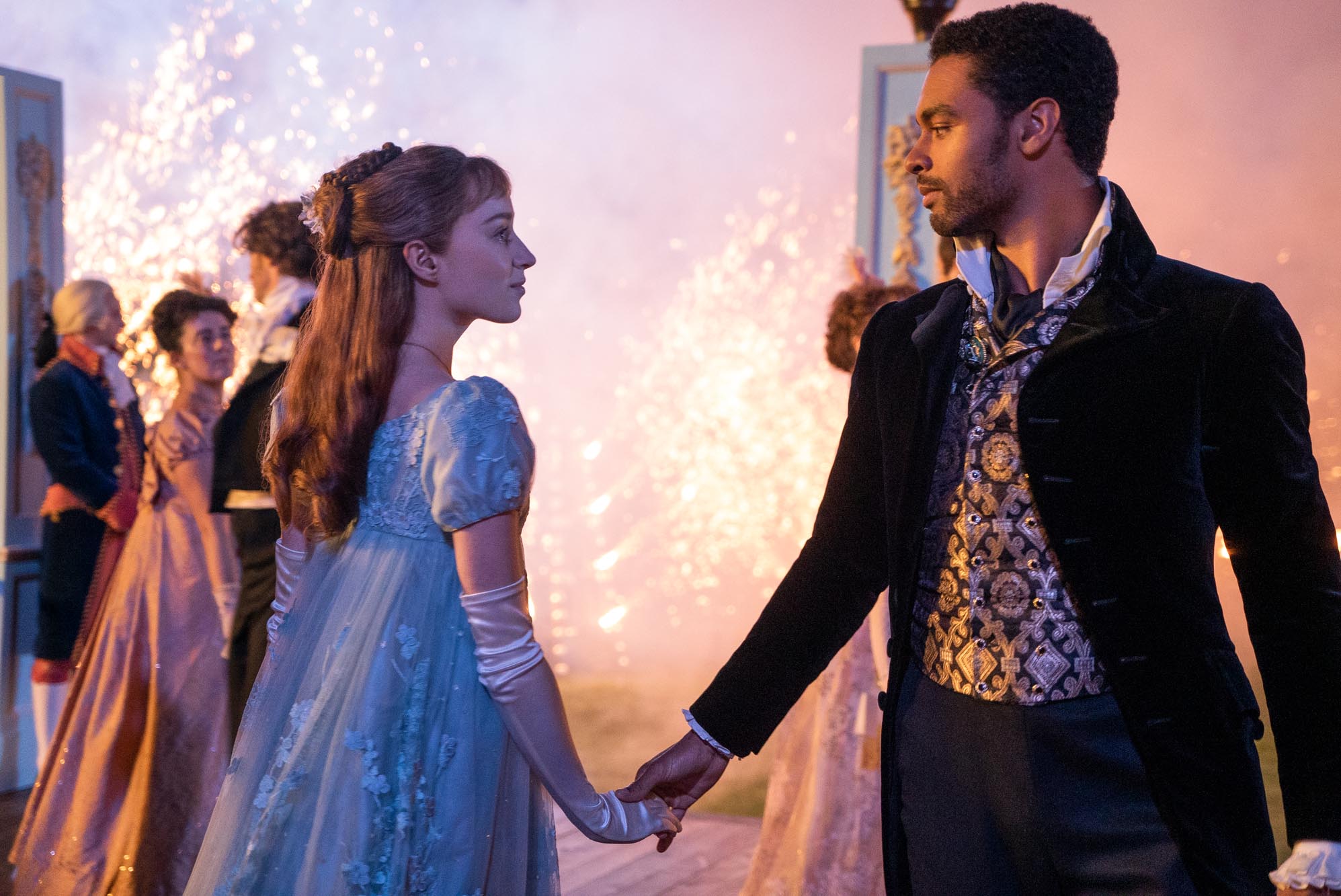
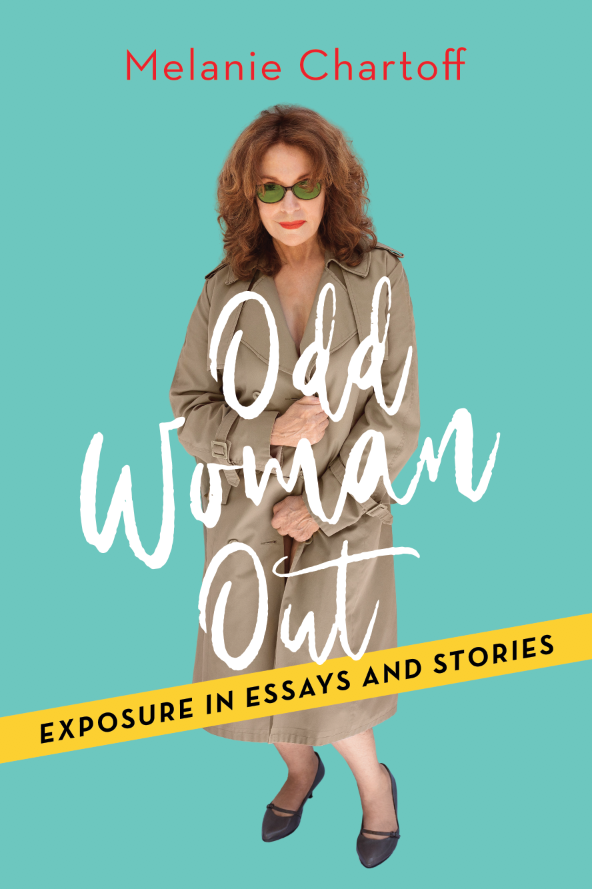 LOS ANGELES – Trying to crawl inside the television set to get her parents’ attention, she got blocked by all the tubes and wires. So she went the long way around to get herself onscreen. In a series of essays and stories, actress Melanie Chartoff explores her ambition, artistry and love blunders in her hilarious, heartbreaking and hopeful new memoir, “Odd Woman Out,” (Feb. 2, 2021, Books Fluent).
LOS ANGELES – Trying to crawl inside the television set to get her parents’ attention, she got blocked by all the tubes and wires. So she went the long way around to get herself onscreen. In a series of essays and stories, actress Melanie Chartoff explores her ambition, artistry and love blunders in her hilarious, heartbreaking and hopeful new memoir, “Odd Woman Out,” (Feb. 2, 2021, Books Fluent).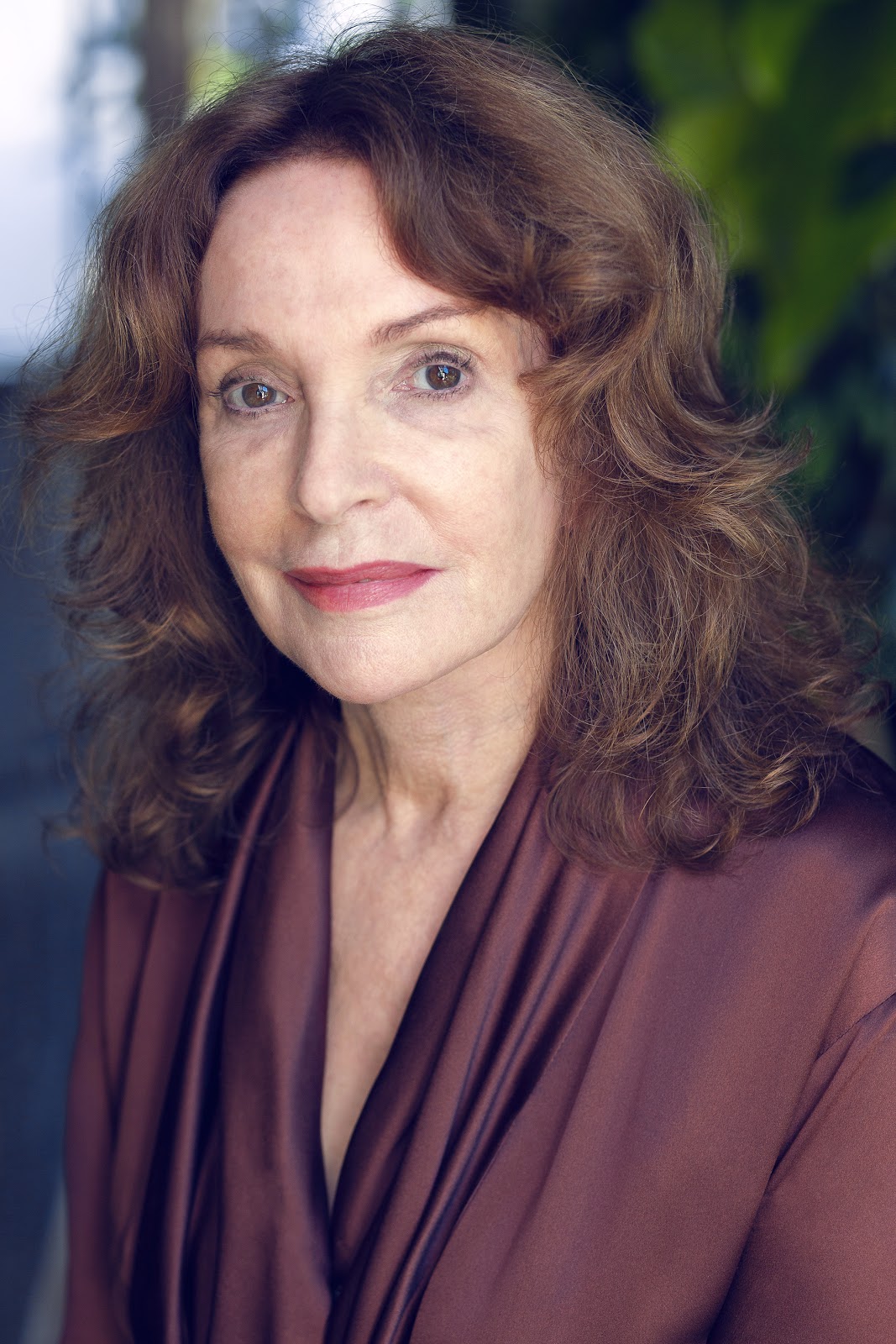 Beginning as an actor off and on Broadway, MELANIE CHARTOFF is best known for the characters she created on “Fridays,” “Seinfeld,” “Newhart,” and “Rugrats.” She’s recently been published in McSweeney’s, Medium, Entropy, Purple Clover, The Jewish Journal, Funny Times, Five on the Fifth, Glint, Entropy, Verdad, Bluestem, Evening Street Press, Mused, Jewlarious, Defenestration, Better after 50, Living the Second Act, and in three editions of Chicken Soup for the Soul (Simon and Schuster). “Odd Woman Out: Essays and Stories” is her first book. Visit Melanie’s
Beginning as an actor off and on Broadway, MELANIE CHARTOFF is best known for the characters she created on “Fridays,” “Seinfeld,” “Newhart,” and “Rugrats.” She’s recently been published in McSweeney’s, Medium, Entropy, Purple Clover, The Jewish Journal, Funny Times, Five on the Fifth, Glint, Entropy, Verdad, Bluestem, Evening Street Press, Mused, Jewlarious, Defenestration, Better after 50, Living the Second Act, and in three editions of Chicken Soup for the Soul (Simon and Schuster). “Odd Woman Out: Essays and Stories” is her first book. Visit Melanie’s 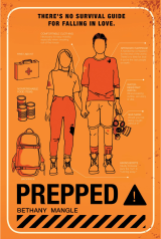 Clinton, MS – Bethany Mangle showcases her storytelling skills in her young adult debut, weaving a narrative together with humor, excitement, and romance. “Prepped,” (February 23, 2021, Margaret K. McElderry Books/Simon & Schuster) explores themes from the author’s Korean identity, sisterhood, and finding your place within your family and the world. She creates honest characters against an adventurous backdrop, and captures raw emotions and a sincere portrayal of the teenage experience.
Clinton, MS – Bethany Mangle showcases her storytelling skills in her young adult debut, weaving a narrative together with humor, excitement, and romance. “Prepped,” (February 23, 2021, Margaret K. McElderry Books/Simon & Schuster) explores themes from the author’s Korean identity, sisterhood, and finding your place within your family and the world. She creates honest characters against an adventurous backdrop, and captures raw emotions and a sincere portrayal of the teenage experience.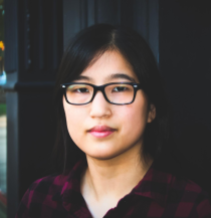 Bethany Mangle is a young adult contemporary author. Her debut novel, PREPPED, will be released on February 23, 2021 by Simon & Schuster/McElderry Books. She currently lives and writes in Mississippi with her husband and their spoiled rotten dog. For more information visit Bethany at
Bethany Mangle is a young adult contemporary author. Her debut novel, PREPPED, will be released on February 23, 2021 by Simon & Schuster/McElderry Books. She currently lives and writes in Mississippi with her husband and their spoiled rotten dog. For more information visit Bethany at  Washington, D.C. – The American College of Obstetricians and Gynecologists (ACOG), the most trusted group of experts in women’s healthcare, is releasing a new, fully revised version of its perennial pregnancy must-have, “Your Pregnancy and Childbirth: Month to Month” (Jan. 26, 2021). This modernized seventh edition features the latest medical information, brand new chapters that answer today’s essential questions, a beautifully redesigned cover, and new and updated anatomical drawings. The book also addresses the coronavirus (COVID-19) health crisis with details on telehealth, travel during pregnancy, breastfeeding and more.
Washington, D.C. – The American College of Obstetricians and Gynecologists (ACOG), the most trusted group of experts in women’s healthcare, is releasing a new, fully revised version of its perennial pregnancy must-have, “Your Pregnancy and Childbirth: Month to Month” (Jan. 26, 2021). This modernized seventh edition features the latest medical information, brand new chapters that answer today’s essential questions, a beautifully redesigned cover, and new and updated anatomical drawings. The book also addresses the coronavirus (COVID-19) health crisis with details on telehealth, travel during pregnancy, breastfeeding and more.

 Lisa M. Hollier, MD, MPH, is immediate past president and former interim CEO of ACOG. Currently, she is a professor in the department of obstetrics and gynecology at Baylor College of Medicine in Houston, Texas. She also serves as the chief medical officer for Texas Children’s Health Plan. Dr. Hollier is a national ACOG spokesperson on maternal mortality, having conducted interviews with ABC News, NPR, The New York Times, The Washington Post, CNN, CBS News, USA Today, PBS Newshour, The Huffington Post, Politico, and other well-known outlets. She dedicated her ACOG presidency to producing guidance on heart disease and pregnancy, which is the number one killer of women overall, but particularly in the postpartum period. She can speak to the importance of both prenatal and postpartum care as she has frequently done on the national stage.
Lisa M. Hollier, MD, MPH, is immediate past president and former interim CEO of ACOG. Currently, she is a professor in the department of obstetrics and gynecology at Baylor College of Medicine in Houston, Texas. She also serves as the chief medical officer for Texas Children’s Health Plan. Dr. Hollier is a national ACOG spokesperson on maternal mortality, having conducted interviews with ABC News, NPR, The New York Times, The Washington Post, CNN, CBS News, USA Today, PBS Newshour, The Huffington Post, Politico, and other well-known outlets. She dedicated her ACOG presidency to producing guidance on heart disease and pregnancy, which is the number one killer of women overall, but particularly in the postpartum period. She can speak to the importance of both prenatal and postpartum care as she has frequently done on the national stage. Tamika Auguste, MD, is a board-certified ob-gyn at MedStar Washington Hospital Center in Washington, D.C. Dr. Auguste also serves as chair of the Ob/Gyn Clinical Practice Council at MedStar Health and as associate medical director of the MedStar Health Simulation Training & Education Lab. At ACOG, she was a member of Dr. Haywood Brown’s presidential task force on redefining the postpartum visit that helped produce ACOG’s guidance Optimizing Postpartum Care. She is also a CREOG Education Committee member and the vice chair of the Council on Patient Safety in Women’s Health Care. Dr. Auguste is a media expert for ACOG and has conducted several interviews on the importance of ongoing postpartum care and maternal mortality. She also regularly responds to inquiries about common issues in pregnancy, including the signs of pregnancy, emergency deliveries, preterm birth, nutrition, mastitis, induction of labor, and toxemia, to name a few. She has spoken with reporters from The Washington Post, Woman’s Day, ProPublica, Women’s Health, New York Magazine’s The Cut, and many more outlets.
Tamika Auguste, MD, is a board-certified ob-gyn at MedStar Washington Hospital Center in Washington, D.C. Dr. Auguste also serves as chair of the Ob/Gyn Clinical Practice Council at MedStar Health and as associate medical director of the MedStar Health Simulation Training & Education Lab. At ACOG, she was a member of Dr. Haywood Brown’s presidential task force on redefining the postpartum visit that helped produce ACOG’s guidance Optimizing Postpartum Care. She is also a CREOG Education Committee member and the vice chair of the Council on Patient Safety in Women’s Health Care. Dr. Auguste is a media expert for ACOG and has conducted several interviews on the importance of ongoing postpartum care and maternal mortality. She also regularly responds to inquiries about common issues in pregnancy, including the signs of pregnancy, emergency deliveries, preterm birth, nutrition, mastitis, induction of labor, and toxemia, to name a few. She has spoken with reporters from The Washington Post, Woman’s Day, ProPublica, Women’s Health, New York Magazine’s The Cut, and many more outlets. M. Mercer, MD, FRCSC, is an obstetrician–gynecologist and maternal–fetal medicine specialist in Cleveland, Ohio. At MetroHealth Medical Center, he chairs Obstetrics and Gynecology and is director of The Women’s Center. He also serves as professor and chair of reproductive biology at Case Western Reserve University School of Medicine. He has been in obstetric practice for more than 30 years. Dr. Mercer has a long history with Your Pregnancy and Childbirth: Month to Month. He chairs the YPC Editorial Task Force for the upcoming seventh edition and served on the task forces of the previous two editions. His dedication to the seventh edition was essential in shaping the book’s tone and readability and ensuring the highest level of accuracy.
M. Mercer, MD, FRCSC, is an obstetrician–gynecologist and maternal–fetal medicine specialist in Cleveland, Ohio. At MetroHealth Medical Center, he chairs Obstetrics and Gynecology and is director of The Women’s Center. He also serves as professor and chair of reproductive biology at Case Western Reserve University School of Medicine. He has been in obstetric practice for more than 30 years. Dr. Mercer has a long history with Your Pregnancy and Childbirth: Month to Month. He chairs the YPC Editorial Task Force for the upcoming seventh edition and served on the task forces of the previous two editions. His dedication to the seventh edition was essential in shaping the book’s tone and readability and ensuring the highest level of accuracy. Shannon M. Clark, MD, is a double board-certified obstetrician–gynecologist and maternal–fetal medicine specialist focusing on the care of women with high-risk pregnancies. Dr. Clark is an associate professor with roles as a clinician, researcher, and educator at the University of Texas Medical Branch in Galveston, Texas. She has published multiple peer-reviewed articles and is a reviewer for numerous medical journals. She is also actively involved in educating and training medical students, residents, and fellows. Dr. Clark has contributed to multiple hot topics of interest for pregnancy-related magazines, websites, and blogs and is a media expert for ACOG. Dr. Clark has taken a special interest in pregnancy after the age of 35. She was inspired not only by the experiences of friends and patients but also by her own personal experience of becoming a mom to twins at age 42. She is the founder of
Shannon M. Clark, MD, is a double board-certified obstetrician–gynecologist and maternal–fetal medicine specialist focusing on the care of women with high-risk pregnancies. Dr. Clark is an associate professor with roles as a clinician, researcher, and educator at the University of Texas Medical Branch in Galveston, Texas. She has published multiple peer-reviewed articles and is a reviewer for numerous medical journals. She is also actively involved in educating and training medical students, residents, and fellows. Dr. Clark has contributed to multiple hot topics of interest for pregnancy-related magazines, websites, and blogs and is a media expert for ACOG. Dr. Clark has taken a special interest in pregnancy after the age of 35. She was inspired not only by the experiences of friends and patients but also by her own personal experience of becoming a mom to twins at age 42. She is the founder of  Diana Ramos, MD, is an adjunct assistant clinical professor at Keck University of Southern California School of Medicine and is the first Latinx woman and the first public health physician to hold the position of president of the Orange County Medical Association. Dr. Ramos has worked as reproductive health director of the Los Angeles County Public Health Department and is vice chair of the ACOG California executive committee and the ACOG delegate to the American Medical Association. Dr. Ramos speaks both Spanish and English and among her areas of expertise are health disparities preconception, interconception health, contraception, and quality improvement. In Los Angeles County she has led several initiatives to improve the health of women, including decreasing maternal morbidity and mortality by focusing on postpartum hemorrhage, cesarean section reduction, and maternal overweight and obesity. She has written and contributed to numerous articles in obstetrics and gynecology and public health literature. She has lectured locally, nationally, and internationally on a wide array of topics including preventive health and women’s health with an emphasis on health care disparities, patient safety, social media and the internet, and quality care improvement. She also serves as a regular ACOG media expert, responding to inquiries about exercise during pregnancy, edema, weight gain during pregnancy, maternal mortality, and complications in pregnancy from outlets such as Shape, WebMD, The Washington Post, The New York Times, and The Wall Street Journal, among others.
Diana Ramos, MD, is an adjunct assistant clinical professor at Keck University of Southern California School of Medicine and is the first Latinx woman and the first public health physician to hold the position of president of the Orange County Medical Association. Dr. Ramos has worked as reproductive health director of the Los Angeles County Public Health Department and is vice chair of the ACOG California executive committee and the ACOG delegate to the American Medical Association. Dr. Ramos speaks both Spanish and English and among her areas of expertise are health disparities preconception, interconception health, contraception, and quality improvement. In Los Angeles County she has led several initiatives to improve the health of women, including decreasing maternal morbidity and mortality by focusing on postpartum hemorrhage, cesarean section reduction, and maternal overweight and obesity. She has written and contributed to numerous articles in obstetrics and gynecology and public health literature. She has lectured locally, nationally, and internationally on a wide array of topics including preventive health and women’s health with an emphasis on health care disparities, patient safety, social media and the internet, and quality care improvement. She also serves as a regular ACOG media expert, responding to inquiries about exercise during pregnancy, edema, weight gain during pregnancy, maternal mortality, and complications in pregnancy from outlets such as Shape, WebMD, The Washington Post, The New York Times, and The Wall Street Journal, among others. Manijeh Kamyar, MD, is a board-certified maternal–fetal medicine specialist and obstetrician–gynecologist at Northwest Perinatal Center in Portland, Oregon. She is a member of the YPC Editorial Task Force and a past member of ACOG’s Patient Education Review Panel. Drawn to medicine by her desire to serve others in a meaningful way, Dr. Kamyar considers it a gift to be able to help women navigate one of the most intimate and significant parts of their lives. She speaks both Spanish and English and is passionate about helping patients and their loved ones understand complicated and difficult topics, leaving her office not only with the information they need to care for themselves and make decisions but also a sense of calm and peace of mind. Dr. Kamyar’s interests include fetal anomalies, maternal diabetes and nutrition, and maternal substance abuse and use. As a specialist in high-risk pregnancies, she also sees patients for preterm labor, multifetal pregnancies, recurrent pregnancy loss, maternal cardiac conditions, and maternal thyroid disease.
Manijeh Kamyar, MD, is a board-certified maternal–fetal medicine specialist and obstetrician–gynecologist at Northwest Perinatal Center in Portland, Oregon. She is a member of the YPC Editorial Task Force and a past member of ACOG’s Patient Education Review Panel. Drawn to medicine by her desire to serve others in a meaningful way, Dr. Kamyar considers it a gift to be able to help women navigate one of the most intimate and significant parts of their lives. She speaks both Spanish and English and is passionate about helping patients and their loved ones understand complicated and difficult topics, leaving her office not only with the information they need to care for themselves and make decisions but also a sense of calm and peace of mind. Dr. Kamyar’s interests include fetal anomalies, maternal diabetes and nutrition, and maternal substance abuse and use. As a specialist in high-risk pregnancies, she also sees patients for preterm labor, multifetal pregnancies, recurrent pregnancy loss, maternal cardiac conditions, and maternal thyroid disease. Holly Wong Cummings, MD, MPH, is an obstetrician–gynecologist at Penn Medicine and assistant professor of Clinical Obstetrics and Gynecology at Perelman School of Medicine University of Pennsylvania. She also serves as a Young Physician member of ACOG’s Patient Education Review Panel. Dr. Cummings helps care for women across their reproductive lifespan. She enjoys helping new mothers navigate the complexities of breastfeeding and meet their breastfeeding goals. Her favorite part of the job is providing individualized care to a patient and tailoring her care to what that person needs. She appreciates the combination of creativity and science that practicing medicine provides and tries to keep abreast of all the possible options out there and present them to patients to help them make the choices that work best for them.
Holly Wong Cummings, MD, MPH, is an obstetrician–gynecologist at Penn Medicine and assistant professor of Clinical Obstetrics and Gynecology at Perelman School of Medicine University of Pennsylvania. She also serves as a Young Physician member of ACOG’s Patient Education Review Panel. Dr. Cummings helps care for women across their reproductive lifespan. She enjoys helping new mothers navigate the complexities of breastfeeding and meet their breastfeeding goals. Her favorite part of the job is providing individualized care to a patient and tailoring her care to what that person needs. She appreciates the combination of creativity and science that practicing medicine provides and tries to keep abreast of all the possible options out there and present them to patients to help them make the choices that work best for them.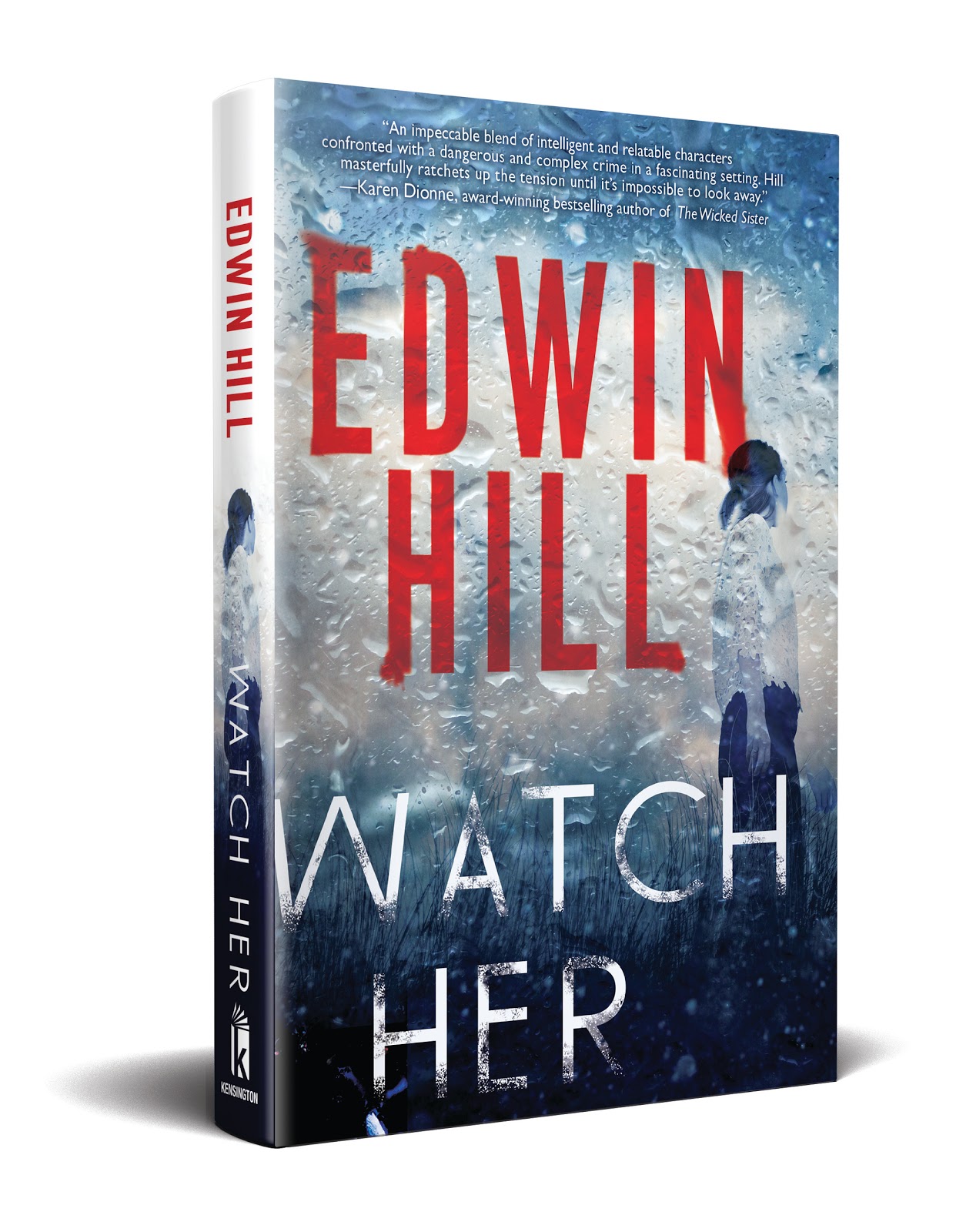 BOSTON – At the center of Edwin Hill’s intricate mystery series is Hester Thursby, a research librarian who’s complicated, bookish and realistically flawed. In the acclaimed series’s newest installment, “Watch Her,” (Dec. 29, 2020, Kensington Books), Hester teams up with reader-favorite Detective Angela White to investigate missing alumni of a decadent for-profit university, plunging into a world of academic scandal, old money, infidelity, buried secrets … and murder.
BOSTON – At the center of Edwin Hill’s intricate mystery series is Hester Thursby, a research librarian who’s complicated, bookish and realistically flawed. In the acclaimed series’s newest installment, “Watch Her,” (Dec. 29, 2020, Kensington Books), Hester teams up with reader-favorite Detective Angela White to investigate missing alumni of a decadent for-profit university, plunging into a world of academic scandal, old money, infidelity, buried secrets … and murder.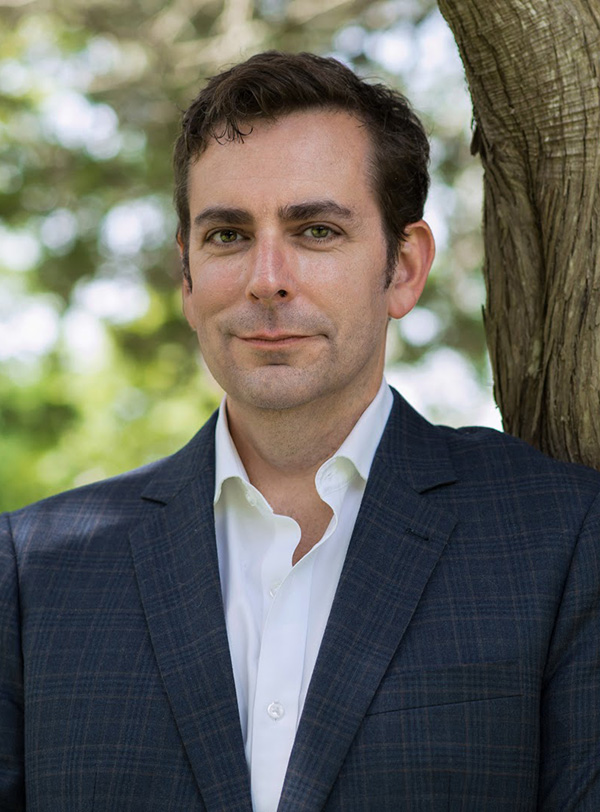 EDWIN HILL is the author of the critically acclaimed Hester Thursby mystery series, the first of which, “Little Comfort,” was an Agatha Award finalist, a selection of the Mysterious Press First Mystery Club, and a Publishers Marketplace Buzz Books selection. The second installment, “The Missing Ones,” was also an Agatha Award finalist and a Sue Grafton Memorial Award nominee. Formerly the vice president and editorial director for Bedford/St. Martin’s (Macmillan), he now teaches at Emerson College and has written for the L.A. Review of Books, The Life Sentence, Publishers Weekly, and Ellery Queen Mystery Magazine. He lives in Roslindale, Massachusetts with his partner Michael and their Labrador, Edith Ann. Visit Edwin online at
EDWIN HILL is the author of the critically acclaimed Hester Thursby mystery series, the first of which, “Little Comfort,” was an Agatha Award finalist, a selection of the Mysterious Press First Mystery Club, and a Publishers Marketplace Buzz Books selection. The second installment, “The Missing Ones,” was also an Agatha Award finalist and a Sue Grafton Memorial Award nominee. Formerly the vice president and editorial director for Bedford/St. Martin’s (Macmillan), he now teaches at Emerson College and has written for the L.A. Review of Books, The Life Sentence, Publishers Weekly, and Ellery Queen Mystery Magazine. He lives in Roslindale, Massachusetts with his partner Michael and their Labrador, Edith Ann. Visit Edwin online at 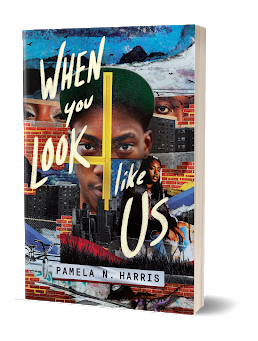 Williamsburg, VIRGINIA – From debut author Pamela N. Harris comes a timely, gripping teen novel about a boy who must take up the search for his sister when she goes missing from a neighborhood where Black girls’ disappearances are too often overlooked. “When You Look Like Us” (Jan. 5, 2021, HarperCollins/Quill Tree Books) is an intense and realistic story that is perfect for fans of Jason Reynolds and Tiffany D. Jackson.
Williamsburg, VIRGINIA – From debut author Pamela N. Harris comes a timely, gripping teen novel about a boy who must take up the search for his sister when she goes missing from a neighborhood where Black girls’ disappearances are too often overlooked. “When You Look Like Us” (Jan. 5, 2021, HarperCollins/Quill Tree Books) is an intense and realistic story that is perfect for fans of Jason Reynolds and Tiffany D. Jackson. Pamela N. Harris was born and somewhat raised in Newport News, Virginia, also affectionately known as “Bad News.” A former school counselor by day, she received her bachelor’s in English and a master’s in school counseling at Old Dominion University, her M.F.A in creative writing at Fairleigh Dickinson University, and a Ph.D. in counselor education and supervision at William and Mary. When she isn’t writing, Pam is rewatching Leonardo DiCaprio movies, playing with her kiddos and pretending to enjoy exercising.
Pamela N. Harris was born and somewhat raised in Newport News, Virginia, also affectionately known as “Bad News.” A former school counselor by day, she received her bachelor’s in English and a master’s in school counseling at Old Dominion University, her M.F.A in creative writing at Fairleigh Dickinson University, and a Ph.D. in counselor education and supervision at William and Mary. When she isn’t writing, Pam is rewatching Leonardo DiCaprio movies, playing with her kiddos and pretending to enjoy exercising. TORONTO, Canada — Set in Washington, D.C. in 2033, climate change has hit hard, fires are burning, unemployment is high, and controversial longevity treatments are only available to the ultra-rich. Enter resourceful young police detective, Jen B. Lu, and her partner, Chandler, a synthetic computer implant in her brain acting as her link to police records and a constant voice inside her head. He’s a wannabe tough guy with a sense of humor and his own ideas about solving crimes.
TORONTO, Canada — Set in Washington, D.C. in 2033, climate change has hit hard, fires are burning, unemployment is high, and controversial longevity treatments are only available to the ultra-rich. Enter resourceful young police detective, Jen B. Lu, and her partner, Chandler, a synthetic computer implant in her brain acting as her link to police records and a constant voice inside her head. He’s a wannabe tough guy with a sense of humor and his own ideas about solving crimes. MICHAEL KAUFMAN: Michael has worked for decades engaging men to support women’s rights and positively transform the lives of men. He is the co-founder of the White Ribbon Campaign, the largest effort in the world of men working to end violence against women. He volunteers as a senior fellow at Promundo (Washington, DC) and has worked in fifty countries with the United Nations, governments, NGOs and educators. He advised the French government in 2019 as a member of its G7 Gender Equality Advisory Council. He is the author of numerous nonfiction and fiction works, and was awarded the Canadian Jewish Book Award for Fiction. His most recent nonfiction book is The Time Has Come. Why Men Must Join the Gender Equality Revolution (2019) and his most recent novel is The Last Exit: A Jen Lu Mystery (2020). His books and articles have been translated into fourteen languages. Born in Cleveland, Ohio, having lived in Durham, North Carolina, and now living in Toronto, Canada, he is married and has a daughter and a son. For more information, please visit:
MICHAEL KAUFMAN: Michael has worked for decades engaging men to support women’s rights and positively transform the lives of men. He is the co-founder of the White Ribbon Campaign, the largest effort in the world of men working to end violence against women. He volunteers as a senior fellow at Promundo (Washington, DC) and has worked in fifty countries with the United Nations, governments, NGOs and educators. He advised the French government in 2019 as a member of its G7 Gender Equality Advisory Council. He is the author of numerous nonfiction and fiction works, and was awarded the Canadian Jewish Book Award for Fiction. His most recent nonfiction book is The Time Has Come. Why Men Must Join the Gender Equality Revolution (2019) and his most recent novel is The Last Exit: A Jen Lu Mystery (2020). His books and articles have been translated into fourteen languages. Born in Cleveland, Ohio, having lived in Durham, North Carolina, and now living in Toronto, Canada, he is married and has a daughter and a son. For more information, please visit:  Can your zip code predict when you will die? Should you space out childhood vaccines? Does talcum powder cause cancer? Why do some doctors recommend e-cigarettes while other doctors recommend you stay away from them? Health information―and misinformation―is all around us, and it can be hard to separate the two. A long history of unethical medical experiments and medical mistakes, along with a host of celebrities spewing anti-science beliefs, has left many wary of science and the scientists who say they should be trusted. How can we unravel the knots of fact and fiction to find out what we should really be concerned about, and what we can laugh off?
Can your zip code predict when you will die? Should you space out childhood vaccines? Does talcum powder cause cancer? Why do some doctors recommend e-cigarettes while other doctors recommend you stay away from them? Health information―and misinformation―is all around us, and it can be hard to separate the two. A long history of unethical medical experiments and medical mistakes, along with a host of celebrities spewing anti-science beliefs, has left many wary of science and the scientists who say they should be trusted. How can we unravel the knots of fact and fiction to find out what we should really be concerned about, and what we can laugh off? Based on her original reporting from West Africa and the United States, If God Is A Virus charts the course of the largest and deadliest Ebola epidemic in history, telling the stories of Ebola survivors, outbreak responders, journalists and the virus itself. This highly anticipated debut poetry collection by journalist, epidemic expert and poet, Dr. Seema Yasmin, features documentary poems exploring which human lives are valued, how news editorial decisions are weighed, what role nonprofits and the aid industrial complex plays in crises, and how medical myths can travel through the hot zone faster than a virus itself.
Based on her original reporting from West Africa and the United States, If God Is A Virus charts the course of the largest and deadliest Ebola epidemic in history, telling the stories of Ebola survivors, outbreak responders, journalists and the virus itself. This highly anticipated debut poetry collection by journalist, epidemic expert and poet, Dr. Seema Yasmin, features documentary poems exploring which human lives are valued, how news editorial decisions are weighed, what role nonprofits and the aid industrial complex plays in crises, and how medical myths can travel through the hot zone faster than a virus itself. Dr. Seema Yasmin is an Emmy Award-winning journalist, medical doctor, disease detective and author. She was a finalist for the Pulitzer Prize in breaking news reporting in 2017 with her team from The Dallas Morning News for coverage of a mass shooting. Yasmin was a disease detective in the Epidemic Intelligence Service at the Centers for Disease Control and Prevention where she chased outbreaks in maximum-security prisons, American Indian reservations, border towns and hospitals. Currently, Dr. Yasmin is a Stanford professor, medical analyst for CNN and science correspondent for Conde Nast Entertainment. Find her at seemayasmin.com, Twitter @DoctorYasmin and Instagram: @drseemayasmin.
Dr. Seema Yasmin is an Emmy Award-winning journalist, medical doctor, disease detective and author. She was a finalist for the Pulitzer Prize in breaking news reporting in 2017 with her team from The Dallas Morning News for coverage of a mass shooting. Yasmin was a disease detective in the Epidemic Intelligence Service at the Centers for Disease Control and Prevention where she chased outbreaks in maximum-security prisons, American Indian reservations, border towns and hospitals. Currently, Dr. Yasmin is a Stanford professor, medical analyst for CNN and science correspondent for Conde Nast Entertainment. Find her at seemayasmin.com, Twitter @DoctorYasmin and Instagram: @drseemayasmin.
